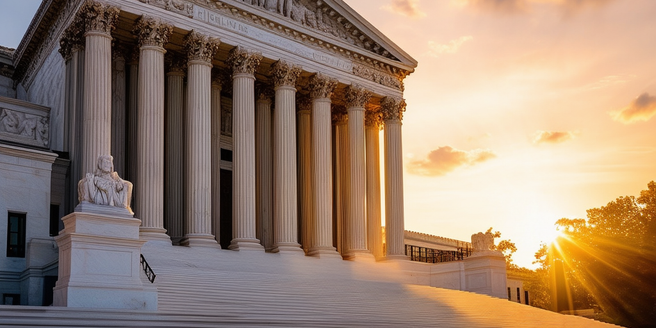
The Historical Evolution of Class Action Lawsuits
The journey of class action lawsuits is intriguing. Developed in the early English common law system, they were initially aimed at complex disputes where individual actions would prove counterproductive. Interestingly, this procedure also proved advantageous by providing a level playing field for plaintiffs who may not have possessed the financial means to file individual lawsuits. The concept rose out of the necessity to avoid repeated litigation with a common question of law or fact. After the establishment of the Federal Rules of Civil Procedure in 1938, class actions took on a modern structure, escalating in popularity during the civil rights era, where they became a potent tool for social change, noticeably enhancing legal landscape.
Bellwether Cases Defining the Landscape of Class Action Suits
The landscape of class action lawsuits has continually transformed, influenced by pivotal cases such as ‘Amchem Products Inc. v. Windsor’. This landmark case brought major changes in the procedures associated with class action lawsuits, enforcing strict adherence to procedural protections for class members absent in court. These seminal cases have not only reshaped the existing legal framework surrounding class action lawsuits but also addressed the flaws and gaps in civil litigation procedures, safeguarding effective administration of justice. They continue to play a crucial role in transforming the legal landscape by setting pivotal precedents, shifting the conventional boundaries, and fortifying principles of justice.
Judgments with Far-reaching Implications: Landmark Class Action Cases
Landmark class action lawsuits like the historical cases of ‘Brown v. Board of Education’ and ‘Roe v. Wade’ have created considerable effects on society, reshaping societal norms and altering legal precendent. ‘Brown v. Board of Education’ played a pivotal role in dismantling racial segregation, and ‘Roe v. Wade’ fundamentally reshaped our society’s perspectives on women’s rights, especially relating to reproductive freedom. These landmark cases have significantly influenced American legal history, public attitudes, and subsequent policymaking. They’ve transformed our legal system and molded the collective consciousness of society, changing how we understand, view, and react to class action lawsuits. These momentous cases have influenced public perception and serve as cornerstones in legal transformation history, affecting contemporary laws and societal norms. Their ongoing influence mirrors their profound impact on the law, public policy, and societal perceptions, encapsulating the broad-ranging repercussions of class action lawsuits.
Impact of Landmark Class Action Cases on the Legal World
Class action lawsuits have significantly contributed to the evolution of the legal landscape and policy, providing a platform for mass grievances to be heard and influencing the fabric of law, as epitomized by the ‘Wal-Mart v. Dukes’ class action case. The case emerged from discriminatory practices and shattered many erroneous employment norms, initiating a transformative influence that altered the dynamics of employment law. Following this verdict, a crucial precedent was established, becoming a keystone in class action litigation and fostering a wider application of employment law in such cases. This precedent had far-reaching effects, forcing organizations to rethink their practices, realign their business codes of conduct with principles of equality, fairness, and non-discrimination – thus inspiring the evolution of law and corporate behavior alike.
Analyzing Noteworthy Outcomes: Key Decisions in Class Action Lawsuits
Class action lawsuits, particularly those with significant outcomes, serve as vital study reference points in understanding the progression of legal concepts and their impacts across industries. These lawsuits allow us to comprehend various litigation scenarios, illustrating the profound influence of collective judicial actions like the landmark ‘Tobacco Master Settlement Agreement’ – a class-action lawsuit. This lawsuit redefined the marketing practices of the entire tobacco industry and emphasized the considerable impact class action suits can have in enforcing corporate responsibility. These cases represent the small but influential fraction of individuals affected, reflecting the symbolic importance of class action lawsuits and their ability to demand higher degrees of accountability from corporate entities. Their outcomes also contribute significantly to legal adaptations, enforcing corporate accountability.
The Influence of Class Action Precedents on Current and Future Trends
Class action lawsuits are malleable legal instruments that evolve over time, with key decisions in landmark cases significantly impacting their future trajectory. Cases like the ‘Vioxx’ and ‘Asbestos Litigations’ demonstrate the dynamic and adaptable nature of class action suits, not only highlighting their impact on the legal landscape but also setting precedents for future battles of a similar nature. These judgments influence subsequent cases, creating a cyclical and ever-evolving pattern of legal proceedings that adapts alongside society’s changing norms, rules, and behaviors.
